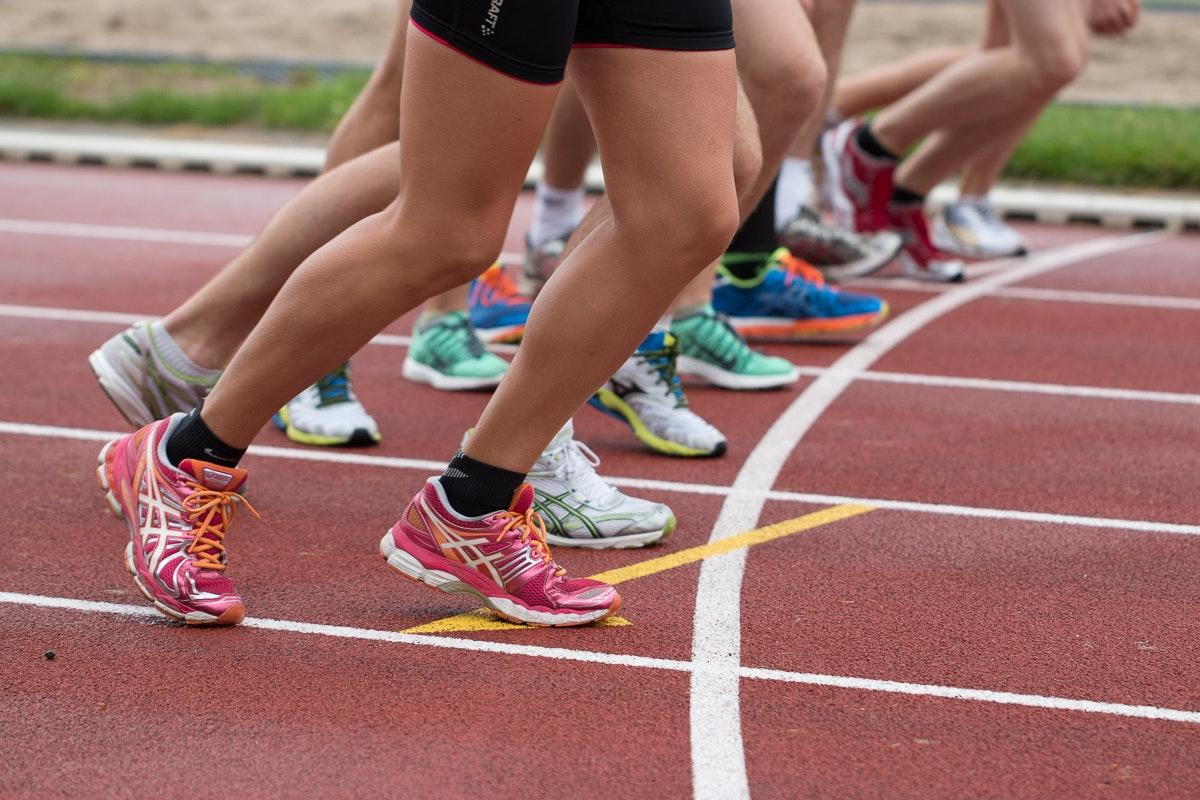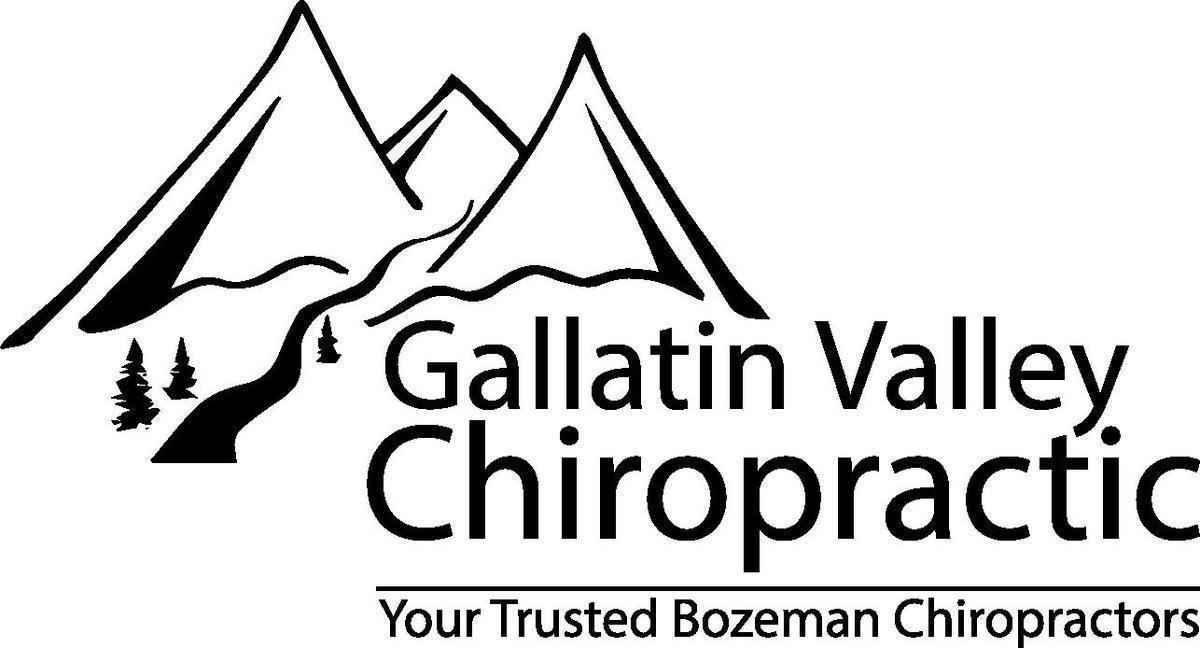Sports Injuries
posted: Jun. 01, 2012.

Sports Injuries
Generally speaking, sports injuries are injuries that occur while engaging in physical activity or participating in a sport, and are commonly seen by our chiropractor at Gallatin Valley Chiropractic. These injuries can be caused by a number of factors including: inadequate equipment, poor conditioning, inexperience and improper warm-up. Sports injuries can occur in any part of the body but the most commonly affected system is the musculoskeletal system, consisting of bones, muscles and the associated tissues. The most common types of sports injuries are:
Sprains and Strains
Fractures
Knee injuries
Pain in the shins
Dislocations
Sprains and Strains
Many people often get confused with sprains and strains and the two terms have often been used interchangeably. However, there is a significant difference between the two.
A sprain describes a stretch or tear in the ligament of the joint. A ligament is a band of connective tissue that joins two bones to one another. External forces or trauma to the joint will induce motion that injures the supporting ligaments. There are three degrees to a sprain with the first degree describing a stretched ligament to the third degree that encompasses a tear. The most commonly affected joints are knees, wrists and ankles. Sprains are identified by pain, inflammation, swelling, bruising, joint instability or restriction of normal motion.
A strain is an injury to a muscle or tendon. Tendons are the tissues that connect muscles to bones. Unlike sprains, strains are not typically caused by external trauma. They are due to overuse of a muscle and are identified by tenderness, tightness, decreased strength and muscle spasm.
Knee Injuries
Knee injuries are a very common problem seen in a chiropractic clinic. Knee injuries can range from mild to severe and are usually caused by an external force to the joint, overuse or an incorrect landing. Runner's knee is described as tenderness or pain near the knee cap. The iliotibial (IT) band runs along the outside of the thigh and will cause IT band syndrome when it becomes inflamed. Lastly, tendinitis or tendinosis is characterized by degeneration inside the tendon itself, often where it meets the bone. With all of the special events hosted in Bozeman including the Ridge Run, Huffing for Stuffing, and Fun Run, it is very common for knee injuries to be seen at Gallatin Valley Chiropractic.
Damage to ligaments or cartilage and bone bruises make up the more severe knee injuries. Two types of cartilage make up the knee: the meniscus and the articular cartilage. The meniscus is a crescent-shaped disc that serves as a shock absorber between the bones of the thigh (femur) and of the lower leg (tibia and fibula). The articular cartilage covers the ends of the bones and allows them to move and glide upon each other. There are four principal ligaments that then support the knee: ACL (anterior cruciate ligament), PCL (posterior cruciate ligament), MCL and LCL (medial and lateral collateral ligaments, respectively).
Pain in the shins
Pain in the shins, often referred to as shin splints, is commonly used to describe any type of leg pain that occurs with exercise. However, it actually refers to pain that is felt along the front of the lower leg, along the tibia. The pain can also be felt along the outside of the leg and ankle as well as along the inside of the leg near the calf. Runners are most often affected by pain in the shins, especially those that are just beginning a running program. Some risk factors may include inadequate stretching, improper technique, overuse, overtraining, ill-fitting shoes and running on hard surfaces.
Injuries to the Achilles tendon
Injury to the Achilles tendon is due to a stretch, irritation or tear to the tendon that attaches that calf muscle to the back of the heel. The pain can be extremely sudden and very intense. The most common cause of a tear in the tendon is degeneration due to aging or overuse, referred to as tendinitis. A weak tendon is more prone to rupture or become injured. These types of injuries are most common in people that do not follow a regular exercise program and do not warm-up properly before becoming active. Sports that require rapid acceleration or jumping have the most at-risk athletes for Achilles tendon injuries.
Fractures
There are two types of fractures that may occur to the bone: acute fractures which occur once or a stress fracture due to repeated stresses on the bone over an extended period of time.
Acute fractures are usually emergencies. If the skin becomes broken during a fracture, infection becomes a great risk. Acute fractures include clean breaks with little damage to the tissues surrounding the area (simple fracture) or the broken fragments can pierce the skin with minimal damage to the surrounding tissues (compound).
Stress fractures most commonly occur in the feet and leg and result from overuse during running or jumping sports. The force imposed on the legs while running is 2-3 times a person's weight.
Dislocations
Dislocations occur when the joint that unites two bones becomes separated. This injury most frequently occurs in contact sports such as football and basketball. Dislocations are emergencies that require medication attention.
Swollen or inflamed muscles
It is very common for muscles to swell following physical activity, especially is a warm-up is not conducted. To speed up the healing process, it is important to follow the RICE guidelines: Rest, Ice, Compress and Elevate. This will help draw out the inflammation and reduce pain in the area.
To help prevent all types of sports injuries it is important to drink large amounts of fluids, stretch before and after engaging in physical activity and wear proper equipment/gear. It is also important to ensure that the body if functioning at 100% by reducing any pinched or irritated nerves with chiropractic adjustments. Proper spinal alignment will also ensure that even pressure is being applied to each joint, minimizing excessive stresses on the body and decreasing the risk of injury.
For all of your sports injuries needs or questions, feel free to contact Gallatin Valley Chiropractic, your Bozeman Chiropractor.
Call us: 406-551-2177

Schedule online at: https://appointments.mychirotouch.com/?clinic=GVCL0001